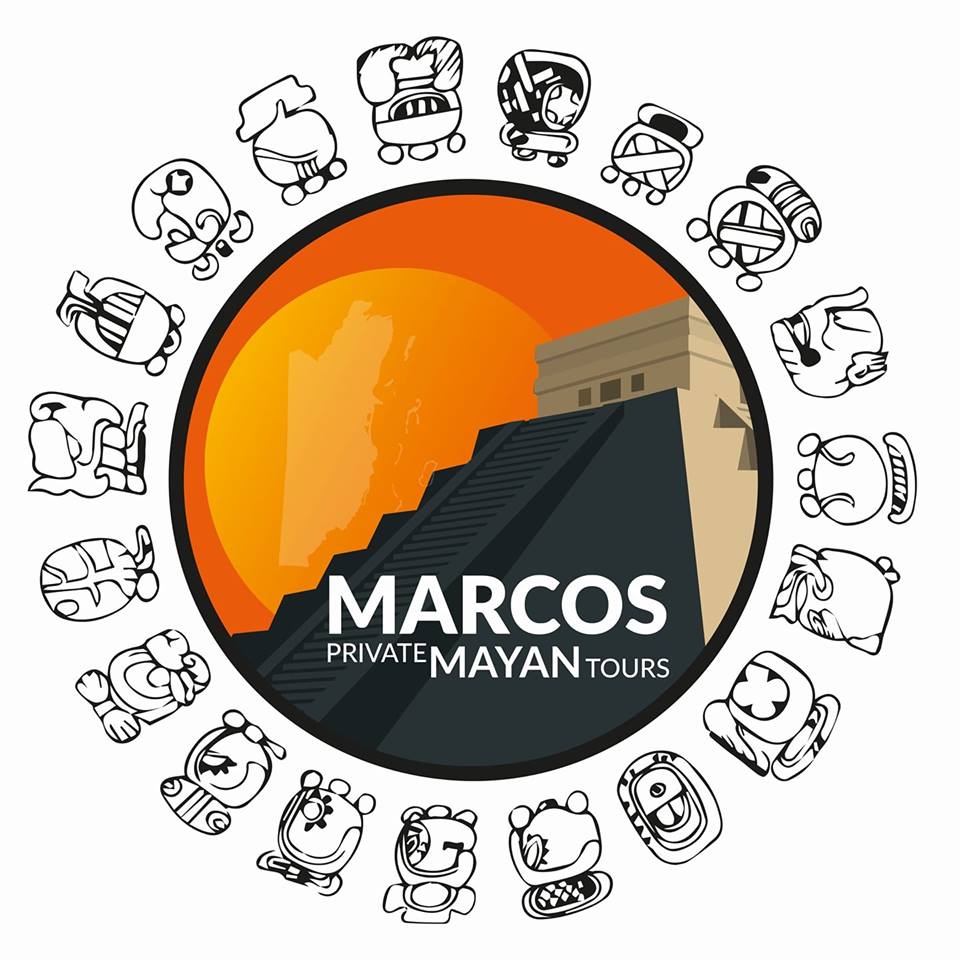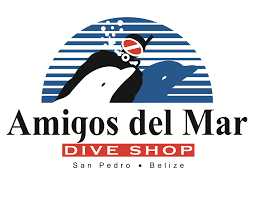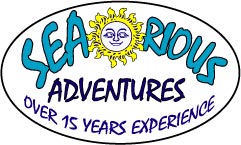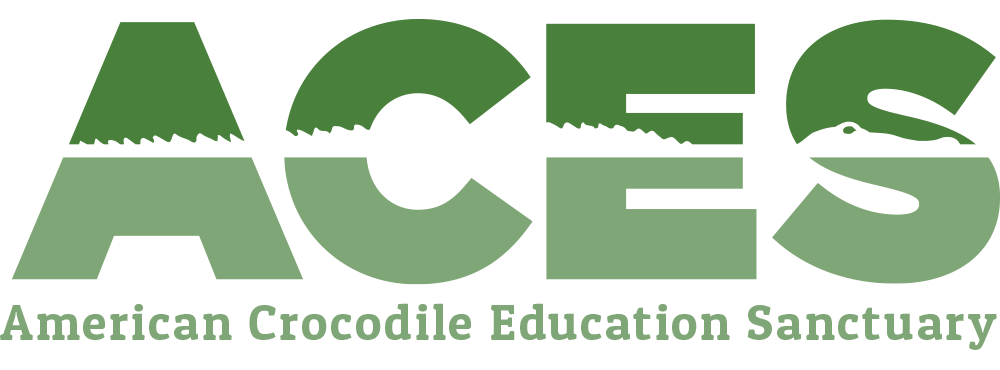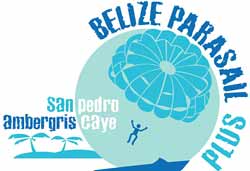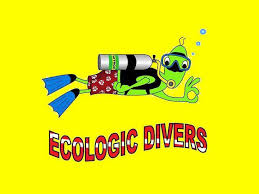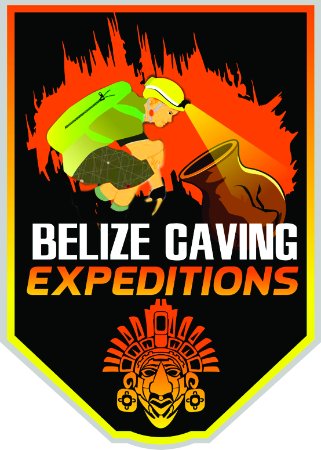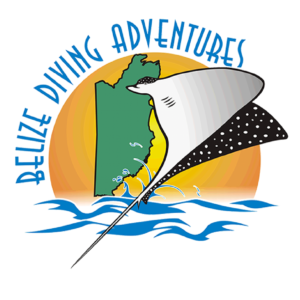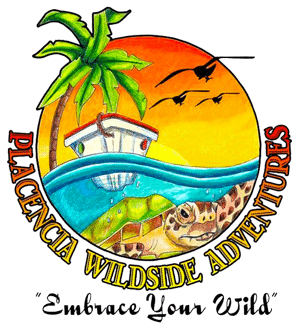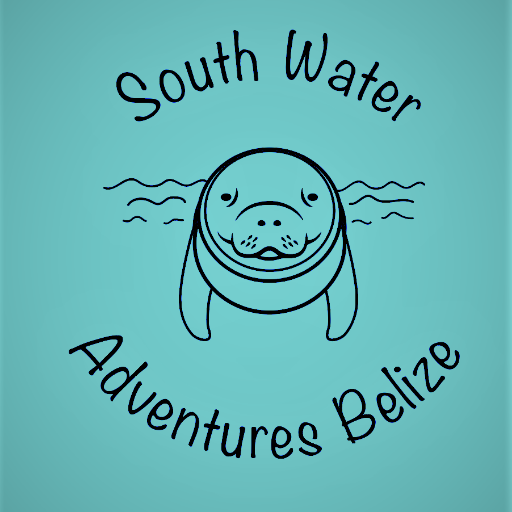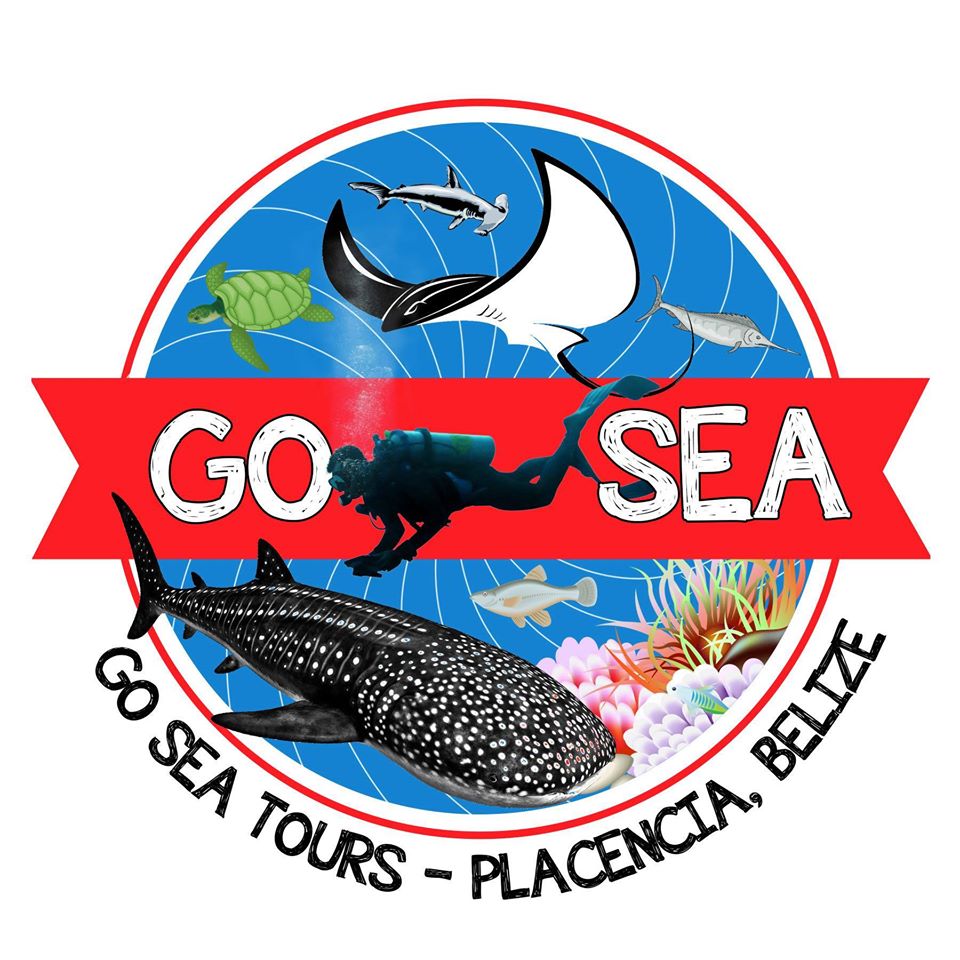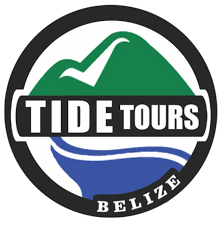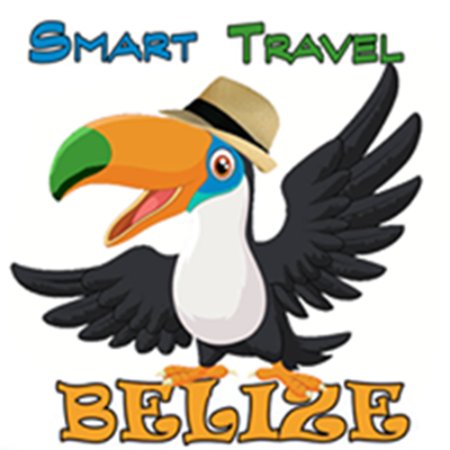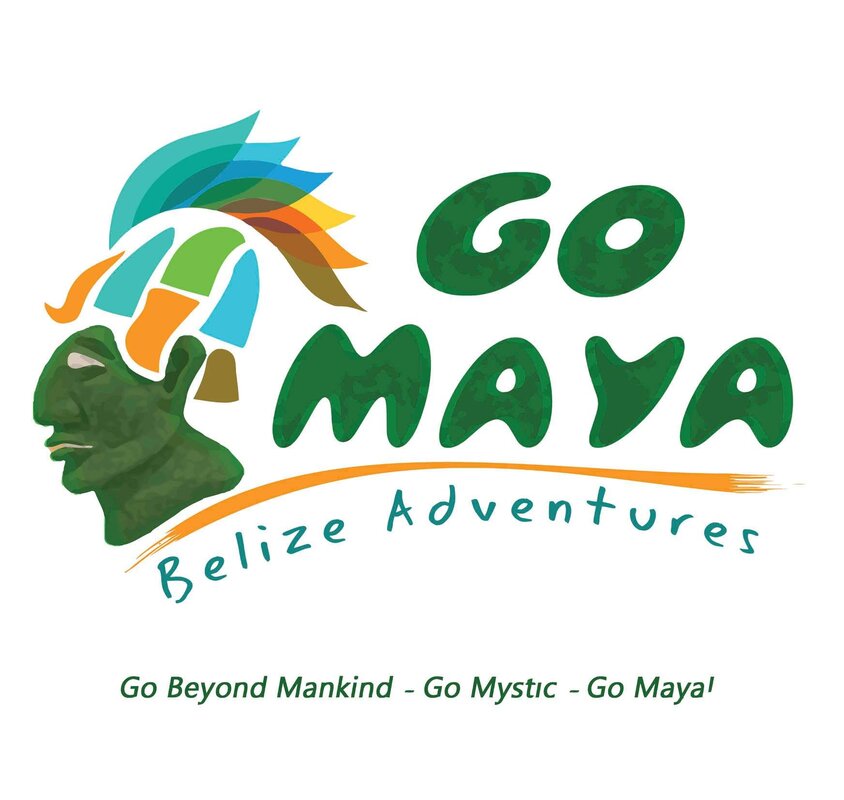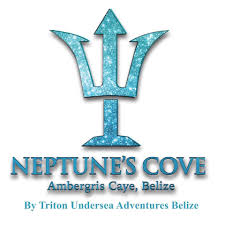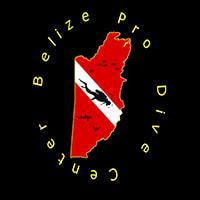|
The Cockscomb Basin Wildlife Sanctuary is a nature reserve in the Stann Creek District of south-central Belize. It was established to protect the forest, fauna and watersheds of an approximate 150 square miles (or 250,000 acres), of the eastern slopes of the Maya Mountains. Declared a forest preserve in 1984, and finally a jaguar preserve in 1986, the park is the culmination of many years of work and perseverance by individuals and national and international organizations. The reserve was established in 1986 as the first protected area for protection of the jaguar, and is the world's only jaguar preserve. As the only jaguar reserve on the planet, thse cats keep company with hundreds of neo-tropical birds, other wildcats, deeer, tapir, reptiles, insects, amphibians and all manner of other sanctuary inhabitants. You might not see all of them, but you could spot their tracks on trails and river banks. The name 'Cockscomb' derives from the appearance of the Cockscomb Mountain ridge, that resembles a rooster's comb, which is situated at the northern fringe of the reserve and which is easily visible from the coastal plain of the Caribbean Sea. This 250,000 acre wonderland is also richly endowed with breathtaking waterfalls, mountains, nature trails and rivers, creating the perfect environment for species to thrive in harmony. People who understand the value of Cockscomb Basin Wildlife Sanctuary know that it is much more than a natural area set aside for jaguars. The area was also designated to protect the upper watersheds of important river systems that deliver ecosystem services to people. Cockscomb has two distinctive basins, which are separated by a ridge of land. The East Basin drains into South Stann Creek and the West Basin drains into Swasey River, a tributary of Monkey River. In the Maya Mountain extension of the Sanctuary is Trio Branch, this ultimately drains into Monkey River Watershed. Cockscomb Basin Wildlife Sanctuary is a reservoir for biodiversity. Hundreds of species of plants with exotic leaves and flowers, colorful insects, singing birds, furry mammals, scaly reptiles, and wide-eyed amphibians live in this complex tropical forest community. Each one has a function that serves the community as a whole. Each one is adapted to the conditions that make the community unique. The mosaic of ecosystems in this rugged landscape suggests the limited extent of our knowledge of the Sanctuary’s biodiversity. The forest at Cockscomb is a tropical moist forest. Warm temperatures and high rainfall with very little wind make the forest humid all the time. Tropical moist forests are found at a greater distance from the equator where rainfall and day length vary seasonally. They are distinguished from equatorial rainforests by a cooler dry season (February to May – although this may differ from year to year with the rains). It is still very wet- with about 100 inches of rainfall every year; rainfall in the Basin is higher, making it one of Belize’s wetter areas. Tropical forests are disappearing at an alarming rate. Not only does this negatively impact the plants and wildlife, but the water cycle itself is disrupted, and the consequence is increased erosion because there is no vegetation to act as a “buffer” to hold the water in the plants and soils. We must carefully protect what is left because humans are members of the forest community with the power to conserve or destroy it. What is there to see & do at the Cockscomb Basin Wildlife Sanctuary? The main attractions are: Wildlife viewing, hiking, waterfalls, swimming, mountain views, nature trails, river trubing, and bird watching. The tracks of wildcats, tapir, deer, and other wildlife are often seen on hiking trails or along the bank of South Stann Creek. Plan an extended visit so that you can appreciate all that Cockscomb has to offer. The site has a campground, along with cabins (though primiative), 24 beds and a toilet area for overnight visitors. Cockscomb Basin Wildlife Sanctuary - Geography The Cockscomb Basin Wildlife Sanctuary is actually comprised by two adjacent geographic basins. (1) The West Basin is drained by the Swasey Branch, which is one of the main tributaries to the Monkey River. (2) The East Basin consists of the upper watershed of South Stann Creek. The West Basin, being more difficult to access given distance from trailheads and higher forest density (is also at this time), still relatively unexplored from the standpoint of species mapping, Mayan ruins and other environmental details. The reserve is generally lozenge-shaped, spanning an east–west dimension of approximately 22 miles and a north–south dimension of approximately 9 miles. Elevation extremes range from 160 feet (above sea level in the lower reaches of South Stann Creek), to 3,810 feet atop Victoria Peak. The West Basin is bounded by the ridge of the Maya Mountains on the west, Cockscomb Mountains on the north, a prominent transverse ridge of the Maya Mountains at the south (of about elevation 3,300 feet) and a low-lying north–south ridge at the east, which separates the West from East Basin. The Swasey Branch exits through the south transverse range via a deep 980 feet gorge. The East Basin is also bounded on the north by the namesake Cockscomb ridge, to the west by the low-lying north–south ridge separating the two basins, to the east by Cabbage Haul Ridge and to the south by Stann Creek Ridge. South Stann Creek flows out of the East Basin on the south in a meandering gentle gradient that was easily navigated by the British explorers in the 1880s. The site consists of two distinct adjacent watersheds and is accessible via a low-intensity trail system to accommodate visitors and research environmental scientists. Cockscomb Basin Wildlife Sanctuary - Natural history The Maya Mountains and foothills are among the oldest surface rock formations of Central America. The principal uplifted rock formations in the Sanctuary are quartzite and sandstone. Flora - The principal plant communities and habitats are Belizean pine forests, elfin scrub, Peten-Ceracruz moist forests, sheltered valley forests, and floodplain thickets. Forest - The principal forest type is tropical moist broadleaf forest, which covers moderate to steep slopes, and in some cases sheltered mountain valleys. Dominant trees in this forest type are mahogany and cedar, which were prized and hence heavily logged from the early 1900s to late in the 20th century. Water - The water run off from the surrounding mountains provides the Cockscomb Basin with a variety of creeks and streams. These come together to form the headwaters of some of southern Belize's major rivers just as the Swasey, the Sittee and South Stann Creek. Fast flowing clear mountain streams flow to the valley floors, from the two basins. This site is known worldwide as the premier habitat for the jaguar, which is most often found in the vast almost unexplored West Basin wilderness. Precipitation - The riparian zone forest areas generally feature lush broadleaf rainforest intruding into the verges of fast flowing steep mountain streams. There are particularly interesting groupings of vegetation along the rocky bedded mountain streams (which have frequent rapids), waterfalls and deep pools. Due to the density of vegetation and frequent precipitation events, the forest floor often appears fresh and verdant even after several rainless days. Rainfall - Rainfall is from 100 to 180 inches annually, which is mostly during the rainy season from June to January. The soil, as is normal in tropical forests, is extremely poor with all the system's nutrients being contained in the vegetation. It is vital that the lush growth be allowed to remain in tact, in order to stabilize the soil and prevent erosion, which can transform a cut rainforest, into a useless wasteland in a very short time. COCKSCOMB BASIN - A Wildlife Sanctuary The park area is rich in beauty, wildlife and even Maya culture, as it conceales the minor Maya ceremonial site known as Chucil Baluum. The Cockscomb Mountain Range towers over the basin to the north. The highest mountain in Belize, Victoria Peak at 3,675 feet presides over the range and is largely unexplored. Logging (in the past), and periodic hurricane damage has left it's indelible mark on the reserve. Dense secondary growth is intertwined with the more mature trees where the forest floor is relatively clear and the canopy ranges in height from 40 to 120 feet. Birds - Cockscomb is also renowned for its bird populations and boasts up to 300 recorded species. These include Macaw, the Great Curossow and Keel-billed Toucan. Jaguars - The Jaguar is the third largest member of the cat family and endangered in most of its range. Here at Cockscomb, the Jaguar is doing quite well and is by no means the only beneficiary of the safety of the preserve. Please Note: When you visit the Jaguar Preserve, you may like see signs of recent jaguar activity, but it is highly unlikely that an actual Jaguar sighting will occur. These wonderful animals are masters of stealth and their very existence is based on their seeing, but not being seen. COCKSCOMB BASIN WILDLIFE SANCTUARY - History Mayan History Throughout much of the foothills of the eastern slopes in southern Belize, there is evidence of Mayan habitation since from about 10,000 BCE. Various Mayan sites were discovered in 1931; however, the ruins were not re-sighted again until 1995 with the Dunham surveys. Thus far two other Mayan sites have been documented: (1) Hun' Tul Mo' (meaning one macaw) and (2) Xa'a Yul Ha' (meaning many rivers). 19th century The first modern explorations which lead to recorded features of the Cockscomb Basin were conducted by a British expedition in 1888 and 1889. The expedition began in the river located in South Stann Creek and ended at Victoria Peak (the highest point in Belize). 20th century Further exploration of the Cockscomb Basin did not transpire until 1927, when another British expedition was launched to assess timber reserves. Logging susequently began in 1984, primarily to extract cedar & mahogany. About the same time, a nationwide study began of the jaguar. This study was led by Dr. Alan Rabinowitz, a recent recipient of a PHD degree from the University of Tennessee. He found that the Cocoscomb Basin was an important habitat for the jaguar, not only in Belize but from a Central America perspective as well. Early 1980's Concern for the jaguars of Belize began to be raised from two different perspectives. (1) James Hyde, Permanent Secretary for the Ministry of Natural Resources had been approached by a concerned citrus farmer who had encountered jaguars in his orchard. (2) About the same time, Archie Carr III, Assistant Director of the International Division of the New York Zoological Society, ran across references to jaguars in Belize in hunting magazines. Archie Carr III, contacted Dora Weyer if they would like a study of jaguars in Belize? The answer was affirmative and Dr. Alan Rabinowitz, was commissioned to determine the jaguar population. 1982 to 1988 An ecological study was conducted by Dr. Alan Rabinowitz, where he observed that the Cockscomb Basin contained had a highest density of jaguars ever recorded. As a result (in 1984), the area was initially declared a forest reserve with a “No Hunting” ordinance, to protect the large jaguar population. However, after much concern that the Cockscomb Basin Forest Reserve was not protecting the jaguars’ habitat, a small portion of the Reserve was declared a wildlife sanctuary on February 26, 1986. In 1986, Rabinowitz and Archie Carr III convinced the government of Belize to establish a no hunting zone with respect to jaguars in a portion of the Cockscomb Basin. By 1990, the Belize government expanded the Sanctuary substantially, and in 1995 they connected the Bladen Branch Nature Reserve to the Cockscomb Basin Forest Reserve. In 1988, the area was declared the Cockscomb Basin Wildlife Sanctuary. Ignacio Pop and his son were hired as the first warrens to the park. On February 6, 1988, His Royal Highness Prince Philip (president of the World Wide Fund for Nature), visited the Cockscomb Basin Wildlife Santuary and presented Ignacio & his son, an award for their work on the park and planted a mahogany tree. Over the years, the Sanctuary has expanded from 3,600 acres to 128,000 acres. The Maya Mountain extension in the south connects Cockscomb with Bladen Nature Reserve. This makes a continuous corridor of protected areas totaling 250,000 acres. COCKSCOMB BASIN WILDLIFE SANCTUARY FACTS CURRENT AREA - Three (3) points to be considered:
Cabins & Staff House VISITOR FACILITIES - Cockscomb is run by the Belize Audubon Society. It has the best facilities of any national reserve in the country, and they are still very primiative. There are trails of all kinds, starting with a self-guided walk. Other short tracks of under a mile cut through the different habitats around the main center. Progressively more demanding paths reach out to swimming areas, waterfalls, and up to the pine forests of the basin's rim. A new trail climbs The Outlier, visible from the sanctuary headquarters, and takes a day. Ultimately, and only for the extremely fit and determined, there is the 17 miles to Victoria Peak, climbable only in the dry season, with a guide. Be warned, it takes 4 days, and has turned grown men into gibbering wrecks. Keep in mind, you also need a camping permit from the Conservation Unit of the Forest Department (08 22079). If time allows, the wardens can provide a slide show on the sanctuary for a small fee. Inner tubes can be hired for river trips. There's a visitor center and there are swimming areas and various types of accommodations in the sanctuary. At the time of writing there are a campsite bunkhouse and a two- person cottage around the headquarters area. New outlying campsites are being added for those wanting to stay deeper in the forest, and more comfortable guest houses are being put up in the headquarters grounds, for those wanting to fully explore the trail system over 2-3 days. All visitors are reminded of the importance of the reserve, the need to respect its facilities and wildlife, to quietly enjoy the area and to take out all garbage. If you are camping you are advised to treat river water all year round before drinking, and not to light camp fires. Belizeans pay an entrance fee to Cockscomb of $2.50 and foreigners $10. Over-nighting is extra. The sanctuary headquarters occupies the site of the old logging camp at Quarn Bank. Facilities in place are dormitory-style lodging for 24 people, a kitchen area, visitor centre and common room for slide shows, a gift shop, campground and equipment rental outlet, and freshwater and toilet facilities. 2 backcountry campsites are also in place. The road to the centre is not paved, although its improvement is imminent and there is parking on site. Approximately 12 miles of nature trails have been cut through a variety of low scrub and forest areas immediately around Qum Bank. The longest trail is to The Outlier (4 miles) and takes a day to walk, although there is a 17 mile (4 day) walk to Victoria Peak, but its use is discouraged because of the potential hazard, lack of emergency facilities and previous abuse by past climbers. In Belize, the government has set aside 150 square miles of rain forest in the Cockscomb Basin Wildlife Preserve, which currently provides a protected environment for around 200 jaguars, the largest concentration of the wild cats species in the world. The Belize Jaguar Reserve is the world's only jaguar Preserve. Located in Cockscomb Basin, it is home to: jaguars, parrots, black howler monkeys, toucans and a host of other species found only in the tropical forests of South America. This natural habitat was set aside by the Belizean government.This preserve is open to the public and is a wonderful stop on the tour. Each Tour Accompanied by Licensed Tour Guides WHAT TO SEE - No, not jaguars. They are there of course, but the chances of seeing one is about seventeen thousand to one. Having said that, people do occasionally catch glimpses of these stealthy carnivores, but much more likely, especially in the rainy season, is finding the pug marks along the muddier stretches of the trails. Jaguars are in fact found in all of Belize's reserves. The terrain is dense tropical rainforest with well maintained trails, jungle canopy to 120'. Wildlife to see includes jaguar, jaguarundi, peccary, howler monkey, gibnut, agouti, snakes, coatamundi, over 300 bird species. In Belize, the government has set aside 150 square miles of rain forest in the Cockscomb Basin Wildlife Preserve, which currently provides a protected environment for around 200 jaguars, the largest concentration of the wild cats species in the world. The most important feature about Cockscomb though, is its trail network, the most extensive of any reserve in the country. The River Overlook and Warrie Trails are usually the best for wildlife. From the Rubber Tree Trail, there's also the small chance of seeing the secretive Agami Heron on the banks of the South Stann Creek. The Jaguars use the trails too, as an easy way through the forest, so keep an eye out for footprints. The lower forest and the re-growth around the sanctuary head quarters (the old logging camp) are good for birds. For those who fancy a challenge, there's an over-abundance of very similar flycatchers right around this area. More obvious are Clay-coloured Robins, Social Flycatchers, Collared-seed Eaters, Crimson Collared and Masked Tanagers, and a pair of Bat Falcons. While overhead the most ridiculous sounding Montezuma's Oropendola makes its presence known. As it calls, it goes through the most acrobatic- looking spasms, gripping onto the branch, leaning back, and then throwing its head forward as it screeches, clucks, and pops, sticking its tail in the air at the same time. Deeper in the forest, there's another strange bird to listen out for. The White- collared Manakin gives a clicking sound like two stones being banged together, and judders along its perch in fits of hyper-activity. If you hear these two, you'll have witnessed some of the strangest bird calls in the world! Of the plants, the Hot Lips bush can often be seen along the edges of trails, with its special pouting red flower. In the distance, on clearer days, you may also be able to see Belize's second highest mountain. Part of the Cockscomb Range, the Victoria Peak marks the northern boundary of the sanctuary. The other feature of Cockscomb is that it offers the chance to overnight in the deep isolation of the Basin's forest, surrounded by the calls of Paraque (sounds like 'hoo-yoo'), the Slaty-breasted Tinimou, screeching insects and the gentle wind through the tree tops. It's not everyone's idea of a good night out, but for people who love the outdoors, its a magical experience. WHY VISIT THE SANTUARY? There's nothing in the Caribbean that matches the bio-diversity found in this expansive, lush corner of Belize. The CBWS preserve is home to to thousands of indigenous flowers, trees and plants in an environment that is so hospitable. The region even has its own "moisture regulation" system, making for a perfect mix of rain, temperature and slight winds. Since tropical rainforests like this one are disappearing at alarming rates, a visit here gives you opportunities to see nature as it was thousands of years ago. WHEN IS THE BEST TIME TO GO TO COCKSCOMB BASIN WILDLIFE SANCTUARY? The most active times for wildlife are in the rainy season (June to November), when the rains tend to bring them out. Animals are more active on cool, cloudy days generally. If you're a birding fanatic, migrant birds are best observed in December when it's high season in Belize. If you don't have a seasonal preference or if finances aren't governing your visit, all creatures of the CBWS are happy to welcome you year round, but don't attempt the 17 mile hike to Victoria Peak, unless it's dry season for safety reasons. WHERE IS IT LOCATED? The Cockscomb Basin WIldlife Santcuary is located about 20 miles south of Dangriga and can be reached by taking the Southern Highway. If you're in close proximity to the area's Maya Center Village, you're just about six miles away. HOW DO YOU GET THERE? You can use pulic transportation if you can. Buses from Belize City and Dangriga Town travel along the Southern Highway and can get you to Punta Gorda Town and the Maya Village Center. Be sure to keep an eye out for the parks location sign (off the highway), as it isn't easily visible. The dirt road from the Southern Hghway extends for six miles and isn't paved. If you use public transportation, you will then need to hike into the park. If you drive, you'll need a car capable of tacling rugged terrain. If you're coming from one of the Cayes, suggestion is to take either a Maya Island Air or Tropic Air flight for the 20 minute trip to Dangriga, and then a taxi. Easiest & safest way to get there is to hire a licensed tour guide, to make the trek with you. Public Transportation - Buses leaving from Belize City and Dangriga Town enroute to Punta Gorda Town can stop at Maya Center Village, if requested (about 3.5 hrs). All buses stop in Dangriga Town before proceeding south. Flights are available from Belize City to Dangriga Town (Maya Island Air or Tropic Air) and take approximately 20 minutes. From Dangriga you can either hire a taxi to Cockscomb or take a bus to Punta Gorda Town and ask to stop at Maya Center Village. Plan Your Visit: Hours of Operation (8:00am-4:30pm) Entrance Fee: Nationals: BZ $2.50, Non-nationals: BZ $10.00 Main Attractions: Wildlife viewing, hiking, waterfalls, swimming, bird watching Accommodation: There is a campsite, for camping & a bunch-house with 24 beds and a toilet area, though primiative. BEST WAY TO EXPERIENCE THE SANTUARY The best way to experience the sanctuary is one of two ways. (1) by staying on-site at the facility. It sleeps 24 and is rather primitive (think of it as summer camp as a kid), with toilet facilities. (2) is to bring your camping gear, and get a camping permit. During your visit, see Chucil Baluum, a Classic Period Mayan ceremonial site, Victoria Peat at an elevation of 3,675 feet and as many trails as time allows. Visits can inlcude trip to swimming areas, waterfalls, pine forests and the newest trail of all: The Outlier. With the right guide, you can morph an already fascinating visit, into a extraordinary visit. COCKSCOMB BASIN WILDLIFE SANCTUARY TOURS Hours of Operation - 8:00am to 4:30pm Entrance Fee: Nationals: BZ $2.50, Non-nationals: BZ $10.00 Main Attractions: Wildlife viewing, hiking, waterfalls, swimming, bird watching Accommodation: There is a campsite, for camping & a bunch-house with 24 beds and a toilet area, though primiative. Length: Approx. 7 hours Degree of Difficulty: Moderate Terrain: Dense tropical rainforest with well maintained trails, jungle canopy to 120' < Possible Wildlife: jaguar, jaguarundi, peccary, howler monkey, gibnut, agouti, snakes, coatamundi, over 300 bird species Tour Description The whole day will be spent exploring the trails through the Jaguar Preserve in the Cockscomb Basin Wildlife Sanctuary, an area of tropical, moist forest that lies within the shadows of the Maya Mountains. Waterfalls, rivers, wildlife and plant life abound here. Over 290 species of birdlife have been sighted! (camping)After a relaxing breakfast we set out from the Lodge in a four- wheel drive vehicle. The first mile of road is through a pristine wetlands rich in birds and amphibians. (Watch for crocodiles on the side of the road!) On most days the air will be clear enough to see the majestic spire of Victoria Peak (3,675 ft.) and the distant Maya Mountain Range. Sedge marsh turns to orange groves, and the settlement of the Sittee River Village. Within a few minutes we reach the Southern Highway and cross over the Sittee River. We soon arrive at the Maya center and the entrance to the Cockscomb Basin Jaguar Preserve. We stop briefly to sign in and to view the beautiful hand-carved slate plaques, baskets, clothing and jewelry made in the Village by the local Mayan Indians, who have formed an arts and crafts co-operative. We then continue our journey deep into the dense tropical rainforest of the Cockscomb Basin, which has a total protected area of over 250,000 acres. The road here is often in poor condition; however, by using four-wheel drive vehicles, the trip becomes an adventure. We park and begin our hikes at the park headquarters. You'll want to check out the Education Center that details the topography, geology, plant and animal life that make up this incredible rainforest. Your guide will then take you on several established trails, each with its own unique characteristics. As you walk the trails your guide will interpret the flora and fauna which make this park such an amazing and unique place. This preserve is believed to have the world's highest density of jaguar as well as puma, ocelot, margay and jaguarundi. After your morning walk we will return to the ranger station for lunch and rest up for a hike to a beautiful waterfall; a great place to take a cooling swim. By late afternoon you will be ready to rest and reflect upon all the incredible sights you've seen, and we will begin our journey back to the Lodge. Although Cockscomb is famous for its cat species, it is also a good place to see other mammals. Black howler monkeys have recently been reintroduced to the preserve and are sighted regularly by our guests along the forest trails. Large groups (up to 40) of white-lipped peccary are sometimes heard and sighted here feeding on cahune nuts. Don't forget to bring: bug repellent, hat, water bottle, swimsuit, towel, hiking shoes, camera, binoculars, rain jacket, bird identification book and a zest for adventure! COCKSCOMB BASIN WILDLIFE SANCTUARY - Sample Tour After a relaxing breakfast you set out from the Lodge in a four- wheel drive vehicle. The first mile of road is through a pristine wetlands rich in birds and amphibians. (Watch for crocodiles on the side of the road!) On most days the air will be clear enough to see the majestic spire of Victoria Peak (3,675 ft.) and the distant Maya Mountain Range. Sedge marsh turns to orange groves, and the settlement of the Sittee River Village. Within a few minutes you reach the Southern Highway and cross over the Sittee River. You soon arrive at the Maya center and the entrance to the Cockscomb Basin Jaguar Preserve. Stop briefly to sign in and to view the beautiful hand-carved slate plaques, baskets, clothing and jewelry made in the Village by the local Mayan Indians, who have formed an arts and crafts co-operative. Then continue your journey deep into the dense tropical rainforest of the Cockscomb Basin, which has a total protected area of over 250,000 acres. The road here is often in poor condition; however, by using four-wheel drive vehicles, the trip becomes an adventure. You park and begin to hike at the park headquarters. You'll want to check out the Education Center that details the topography, geology, plant and animal life that make up this incredible rainforest. Your guide will then take you on several established trails, each with its own unique characteristics. As you walk the trails your guide will interpret the flora and fauna which make this park such an amazing and unique place. This preserve is believed to have the world's highest density of jaguar as well as puma, ocelot, margay and jaguarundi. After your morning walk you will return to the ranger station for lunch and rest up for a hike to a beautiful waterfall; a great place to take a cooling swim. By late afternoon you will be ready to rest and reflect upon all the incredible sights you've seen, and you will begin the journey back to the Lodge. Although Cockscomb is famous for its cat species, it is also a good place to see other mammals. Black howler monkeys have recently been reintroduced to the preserve and are sighted regularly by our guests along the forest trails. Large groups (up to 40) of white-lipped peccary are sometimes heard and sighted here feeding on cahune nuts. Don't forget to bring: bug repellent, hat, water bottle, swimsuit, towel, hiking shoes, camera, binoculars, rain jacket, bird identification book and a zest for adventure! COCKSCOMB PLANE WRECKAGE COCKSCOMB BASIN WILDLIFE SANCTUARY - Plane Wreckage How many people know the story behind the plane wreckage, in the Cockscomb Basin WIldlife Sanctuary? Back in 1983/1984, Dr. Alan Rabinowitz’s in his single engine plane crashed, after his wing clipped a quamwood tree (while taking off), from the landing strip in the Cockscomb Basin. The plane was used for air monitoring jaguars, he had captured and placed radio collars on. Then would then release the jaguars back into the sanctuary to conduct a two year study on their behavior in the Basin. The crash was caused by a local thunderstorm and heavy rain. Dr. Rabinowitz, a photographer and the pilot all received minor injuries. I think Therese Rath assisted with the aftermath of the crash. Dr. Rabinowitz has since passed away, and his absense will be felt by many. So many people get upset with the government, because it doesn't do more for it's people. But when you read about what they are doing to preserve the rainforests and establish parks and reserves to protect the environment - I have to say, I'm impressed.
As a group of citizens that live in this country, we may not be able to affect the enviornment in other countries, but we can start by working within our own borders.
1 Comment
The Inland Blue Hole National Park, is located just off the Hummingbird Highway, 12 miles south of the capital city of Belmopan. It’s literally a 15 minute hike from the parking lot to the (Blue) sinkhole making it very accessible and a popular stop for tours in the area. As you walk down the fairly steep trail towards the sinkhole the first thing you notice is the bright sapphire blue colors piercing through the green foliage. Beams of sunlight penetrate the thick jungle canopy above and reflect off the glass-like surface of the water. This is the Inland Blue Hole, for which the national park is named. It should not be confused with the Great Blue Hole on Lighthouse Reef Atoll which is popular with divers. The sinkhole was formed by the collapse of an underground limestone cave. The pool itself lays at the bottom of a large depression in the jungle; from ground level it drops around 100 feet to the surface of the water, after which the water depth drops 25 feet into a an underground cave system. Fed by a tributary of the Cave Branch River, the underground spring water is cold, crystal clear and invigoratingly refreshing! There is a wide shallow sandy area where you can swim and relax surrounded by shear rock walls, hanging vines and lush jungle. The Blue Hole National Park covers 575 acres of lush jungle to explore. Approximately 200 bird species have been recorded making if popular for bird watching. Wild cats which have been spotted in the park include the Jaguar, Ocelot and Jaguarundi. Other wildlife sightings include the Baird’s Tapir and the Nine-Banded Armadillo. In addition to the Inland Blue Hole, the park also has nature trails and 2 cave systems: Saint Herman’s Cave and Crystal Cave (also called Mountain Cow Cave). St. Herman Cave - The Herman Cave at Blue Hole National Park has unique geological features that can be found within 575 acres of forest rich with wildlife. The main attractions in this park, namely the St. Herman’s Cave and the Blue Hole, are connected by an underground stream. Visitors can walk 200 yards into the cave entrance unguided or can hire a guide to traverse the cave completely, seeing beautiful speleothems and Mayan artifacts. After a guided tour through St. Herman’s Cave, you can float peacefully back to the entrance of the cave on an inner tube. The Blue Hole is a cool and refreshing place for an afternoon swim. It was formed by the collapse of an underground limestone cave. In this case, the river running through the original cavern still flows through the cave system, and forms a sapphire-colored pool at the bottom of the cenote. The depression measures about 100 feet deep and 300 feet in diameter, with the actual Blue Hole at the depression’s base having a depth of about 25 feet. Crystal Cave (aka Mountain Cow Cave) - Is located in the Blue Hole National Park. After a 50 minute hike through the tropical forest to the cave entrance, you will rappel 15 feet into the entrance to the cave. Traverse through the large chambers of the cave, sliding down mud ramps and scrambling along rocks. Your guide will then show you the shimmering formations in the cave, along with artifacts and the skeletal remains. You will witness the remnants of the past while discovering centuries-old fire pits, wall carvings and pottery as well as impressive crystal formations and stalactites and stalagmites. This tour is challenging, but well worth the effort. After exploring the cave, everyone takes a break to enjoy a hearty Belizean lunch followed by a refreshing swim in the cool natural pool known as the Blue Hole. 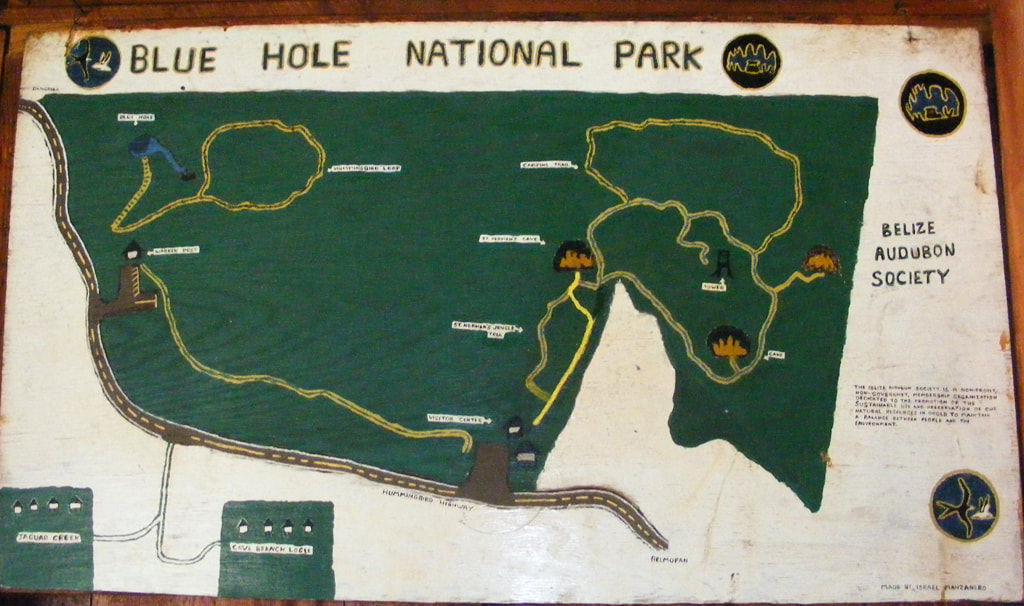 The park has 2 entrances off of the Hummingbird Highway. Just 2 miles north of the Inland Blue Hole entrance you’ll find the main entrance to the park that has the Visitor’s Center, camp site, observation tower and trails to Saint Herman’s Cave and Crystal Cave. The Dusky Ant Bird Trail leads your through the jungle from the visitor’s center to the Inland Blue Hole. The park is so accessible that it’s often combined with day tours to the Belize Zoo or cave tubing on the Caves Branch River System.  360 degree view from the observatory tower at the Blue Hole National Park. |
Is located on the island of Ambergris Caye, directly across from the Belize Barrier Reef, off the mainland coast of Belize. The property is nestled in a cluster of Australian Pine trees, backed to a littoral jungle, and surrounded by tropical gardens. It's about a one minute walk from the property to the beach, and a 10-15 minute drive from the island airstrip to the property.
We offer one bedroom suites (455 s.f.) of living area to include: livingroom, kitchenette, private bathroom and bedroom. We are also about a one minute walk from one of the best restaurants on the island serving (breakfast, lunch & dinner). Within walking distance you can find: (3) blocks is Robyn's BBQ (4) blocks is 2 fruit stands (5) blocks local grocery store IF YOU'RE COMING TO BELIZE TO............... If you're coming to Belize to dive the Blue Hole, descend the shelf walls at Turneffe, snorkel the Barrier Reef, explore Mayan ruins, rappel into a cave, kayak along the river through caves, zip line through jungle tree tops, hike through a cave to see an ancient human skeleton, swim with sharks, listen to Howler Monkey's, hold a boa constrictor, feed a jaguar, horseback ride through the jungle, canoe through a cave, rappel down a waterfall, sail around an island, enjoy cocktails & dinner to a sunset, climb 130' feet to the top of a Mayan ruin, rip up the jungle trails on an ATV, float through a series of caves on a tube, and sip on a rum punch..... then this is the place for you. Belize Budget Suites, offers you clean, affordable, attractive, accommodations, at prices that allow you to do all the things just mentioned. Archives
February 2021
Categories
All

For All Your Home Improvement Needs

For all Your Real Estate Needs
501-226-4400 10 Coconut Dr. San Pedro, Belize Your Ad Could Go Here
|

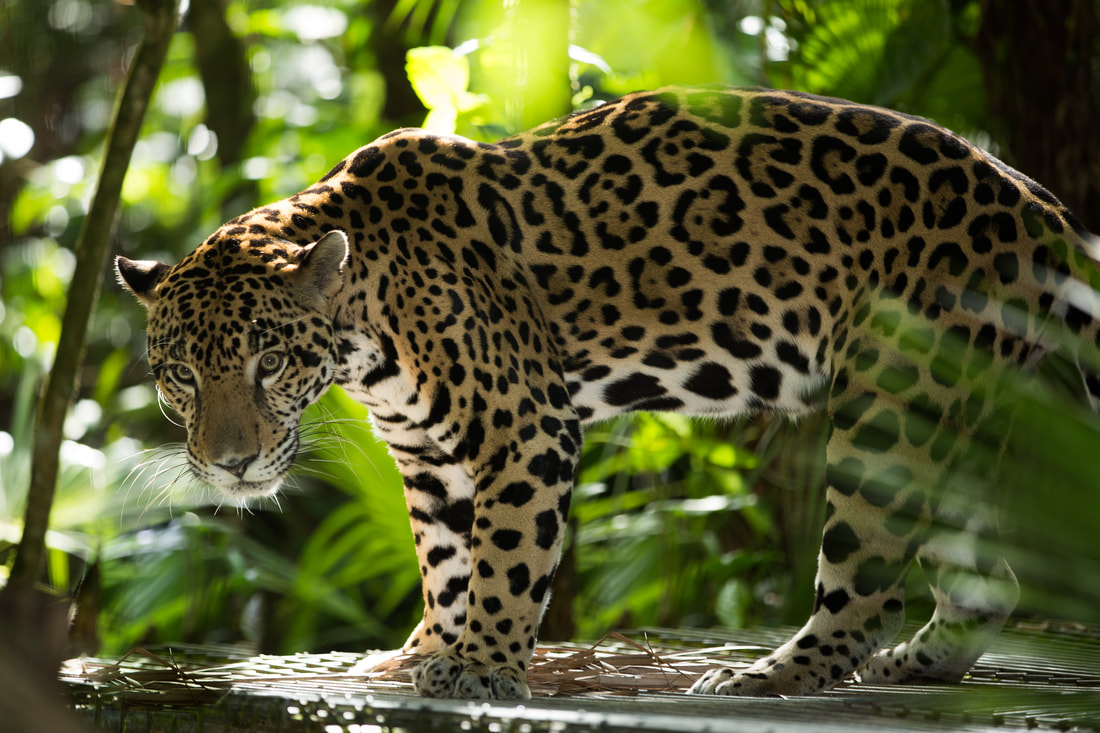

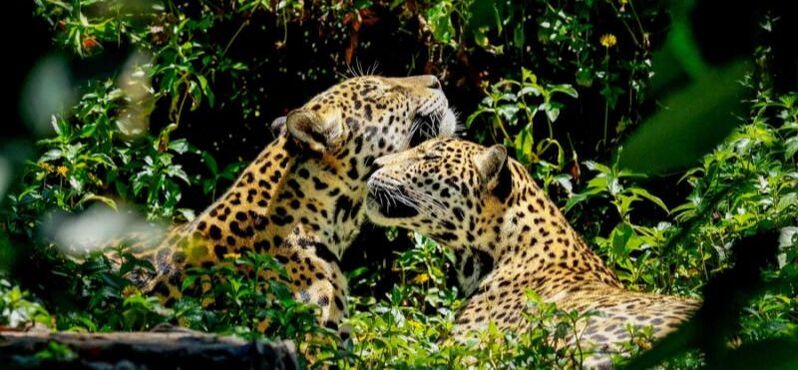
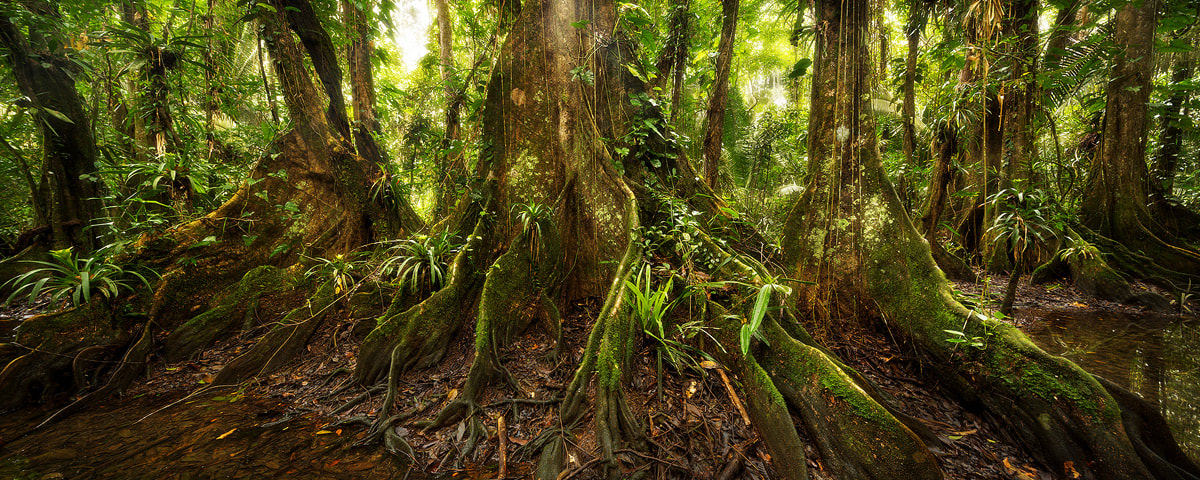
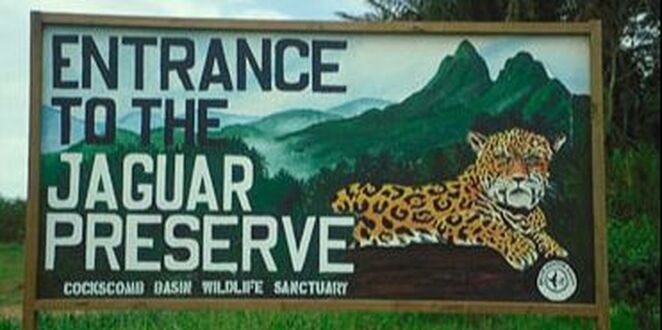
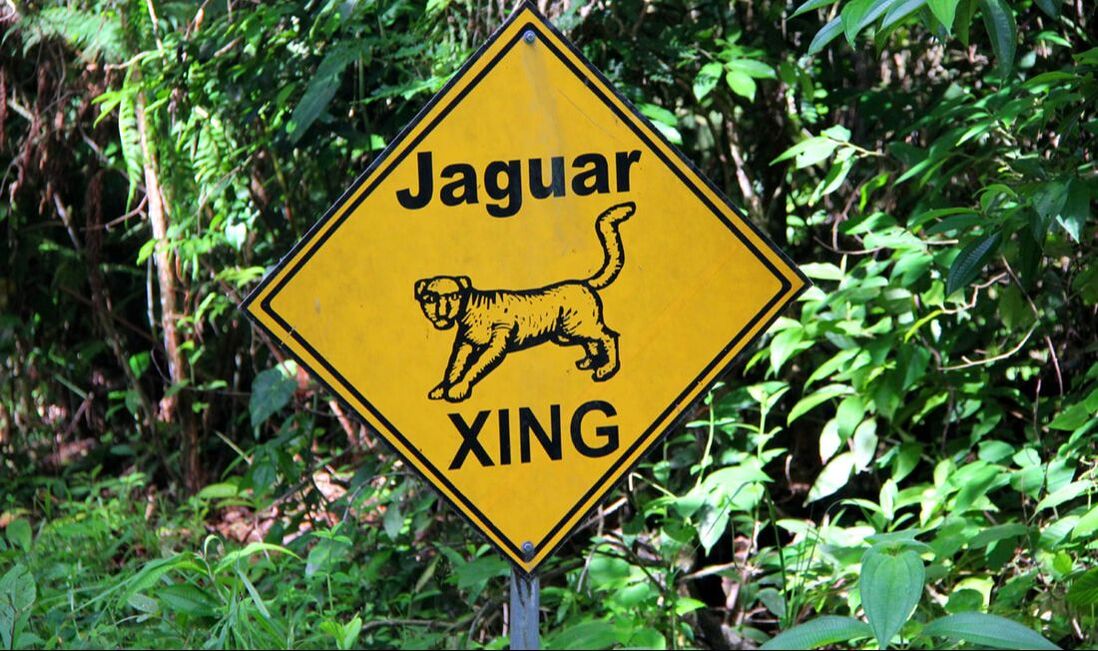
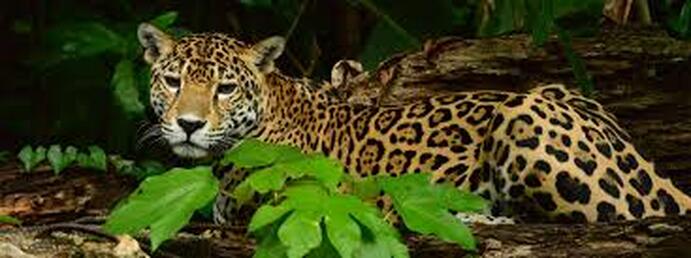
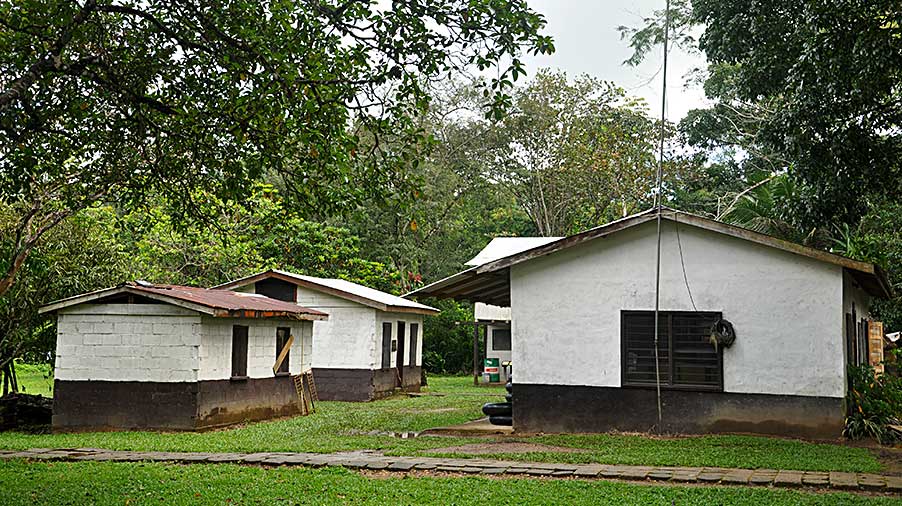
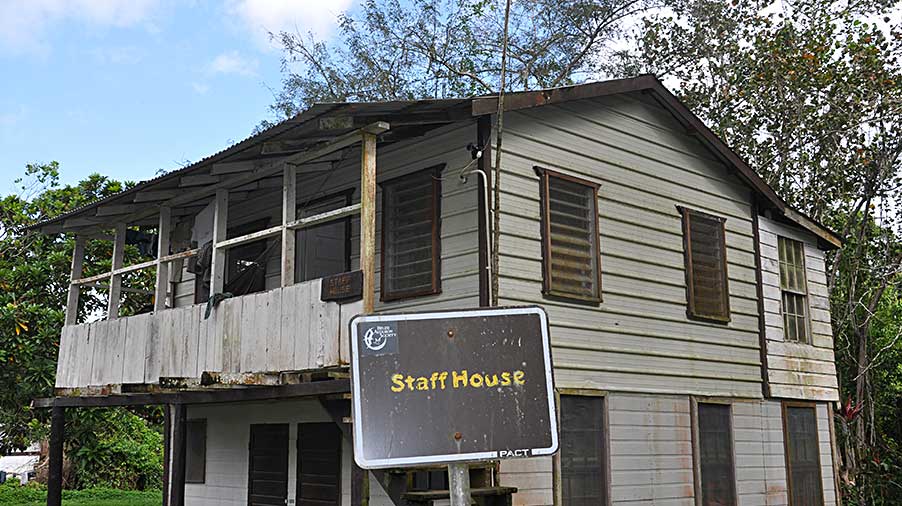
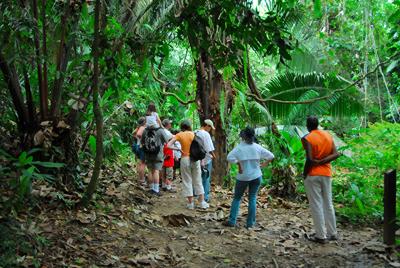
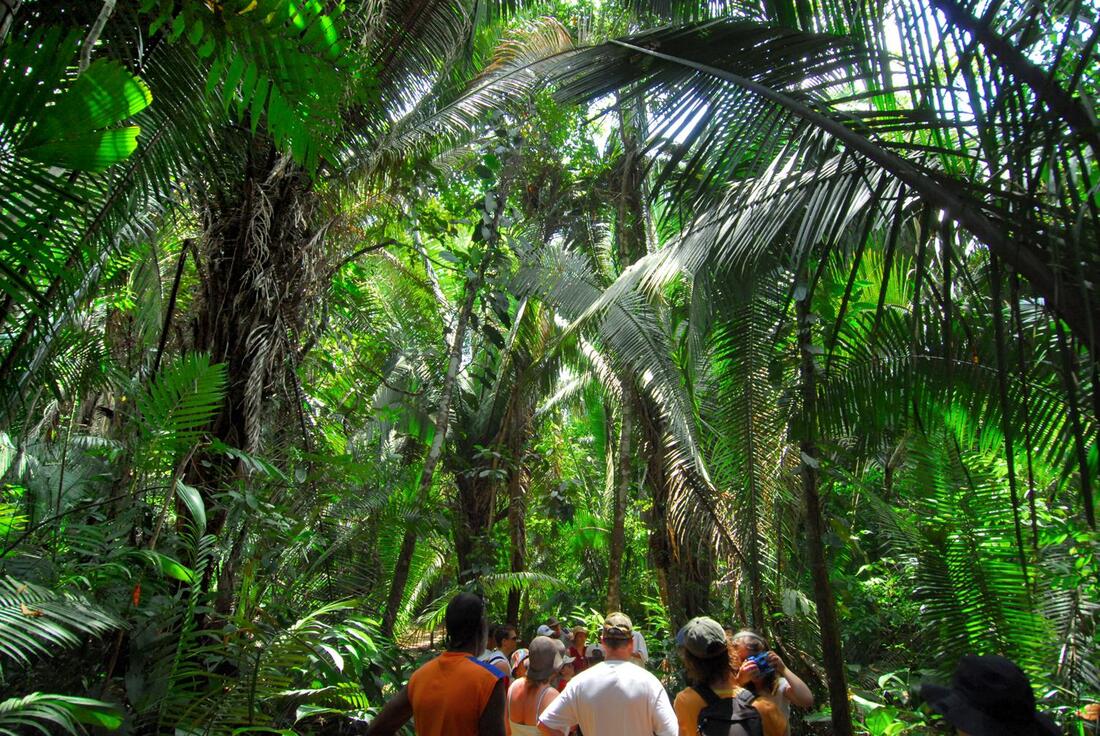
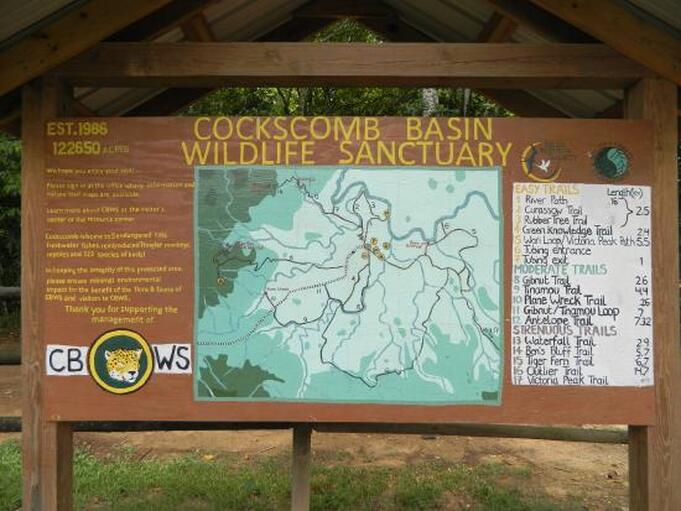
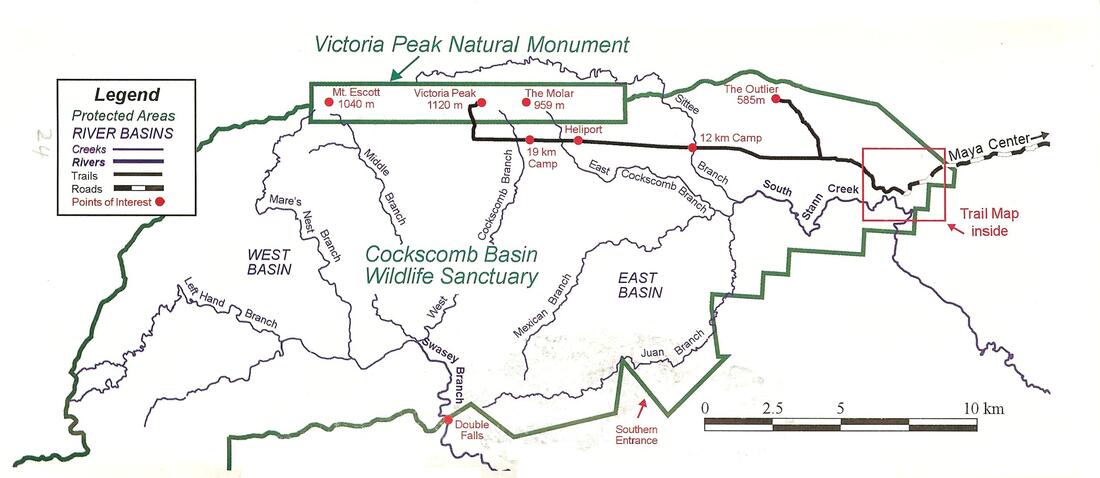
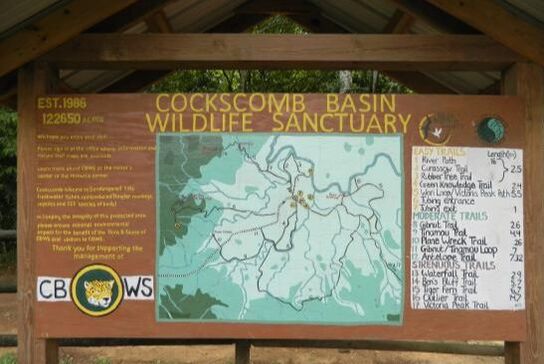
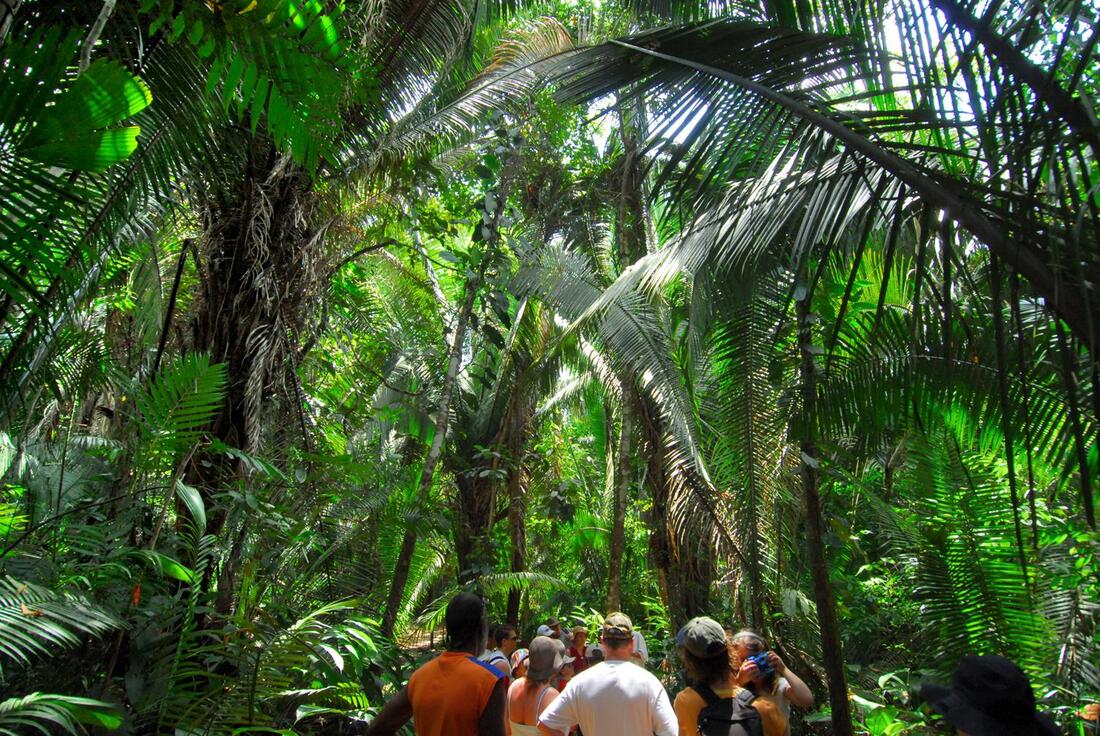
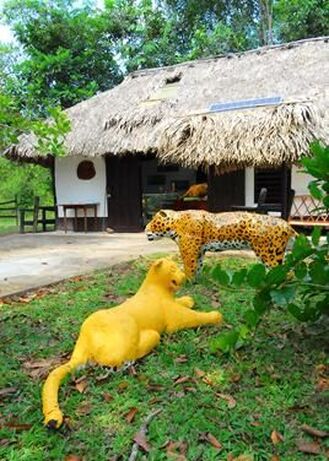
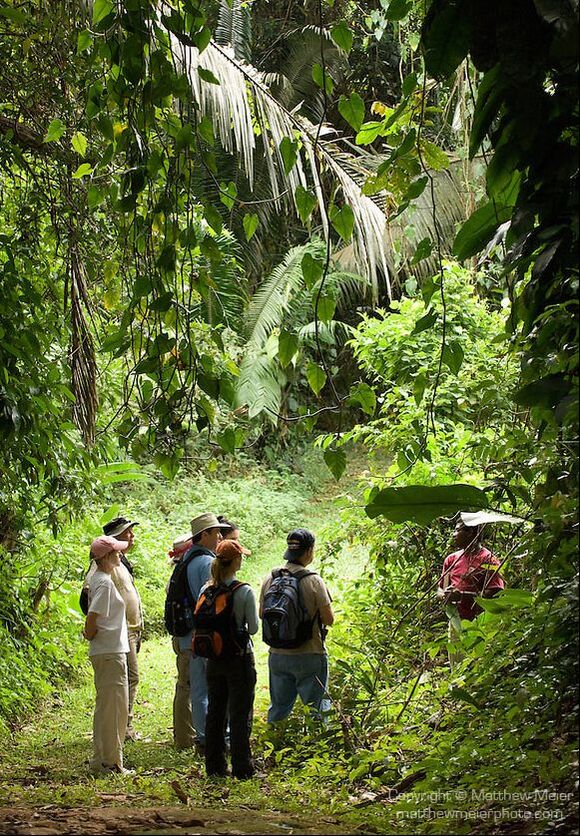
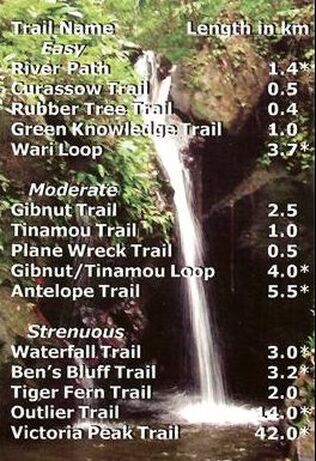
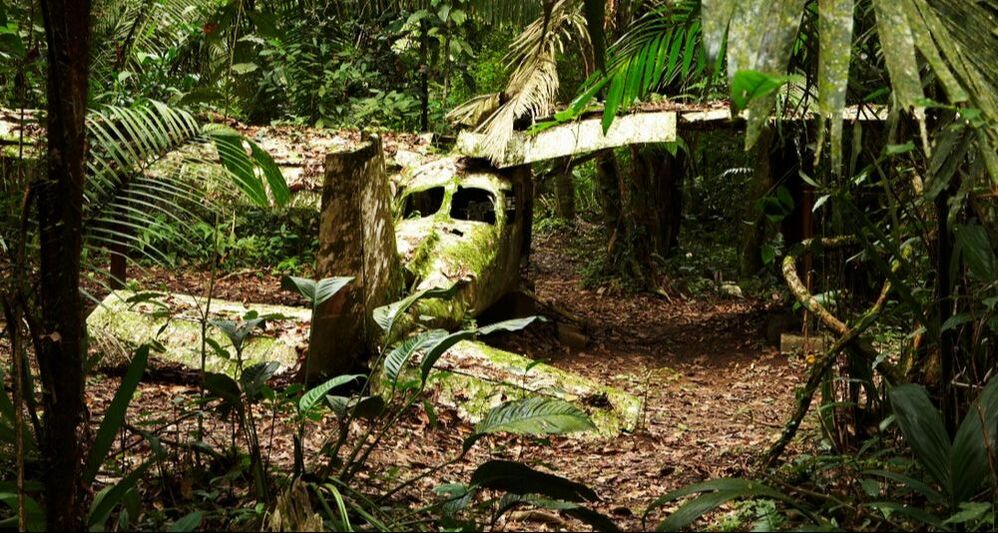
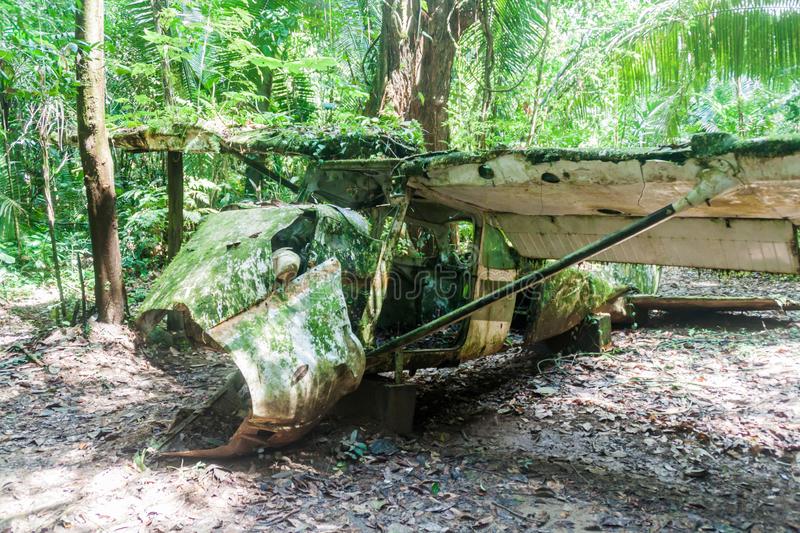
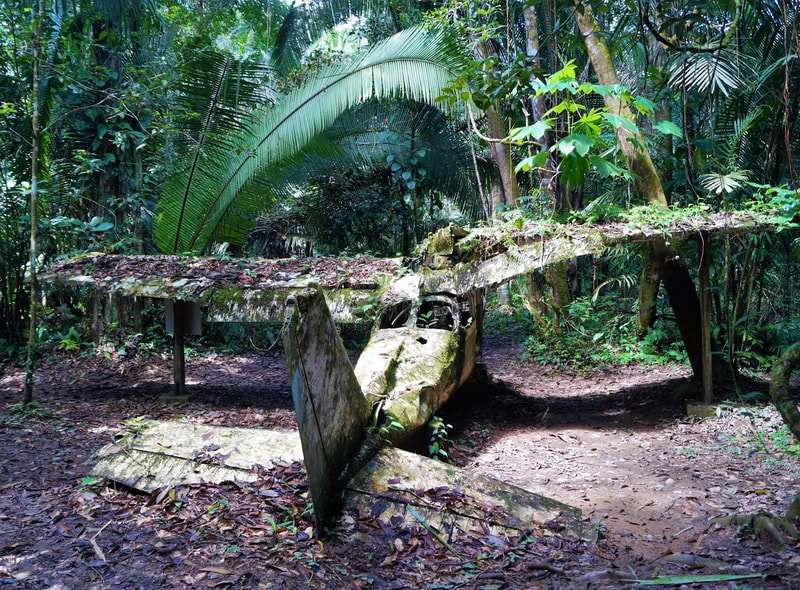
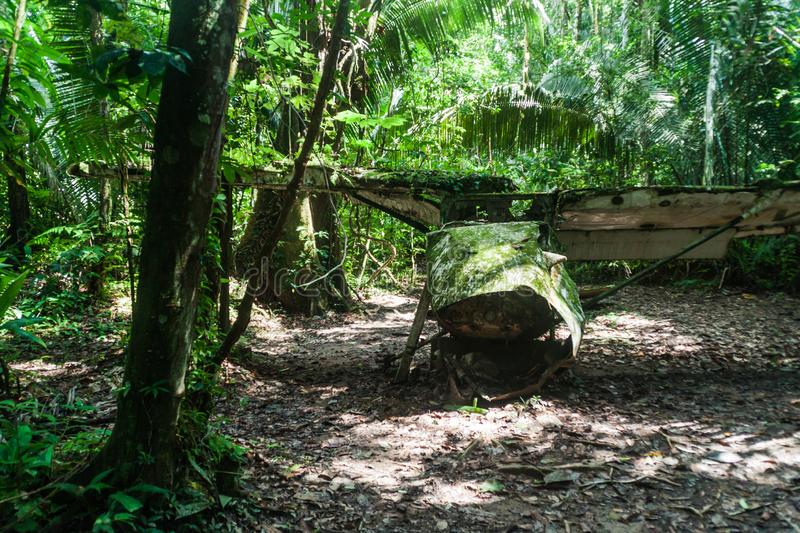
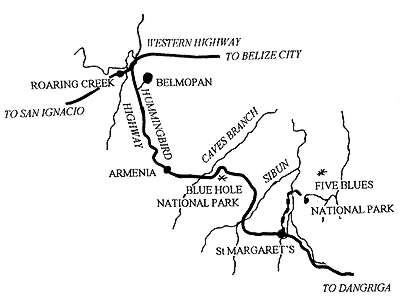

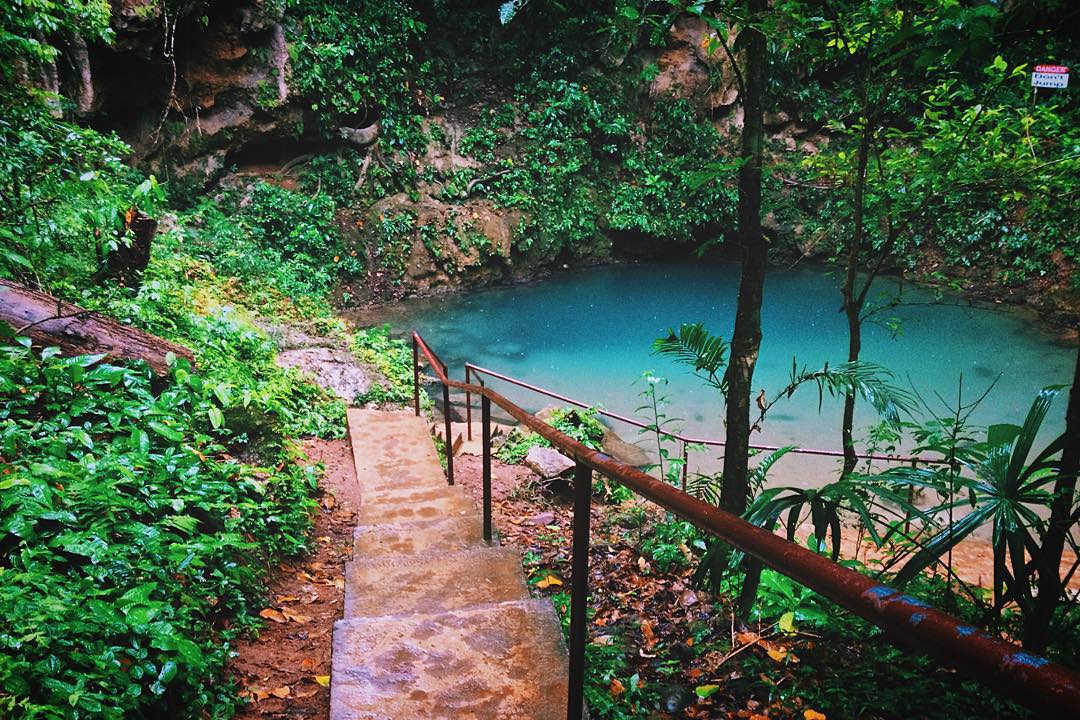
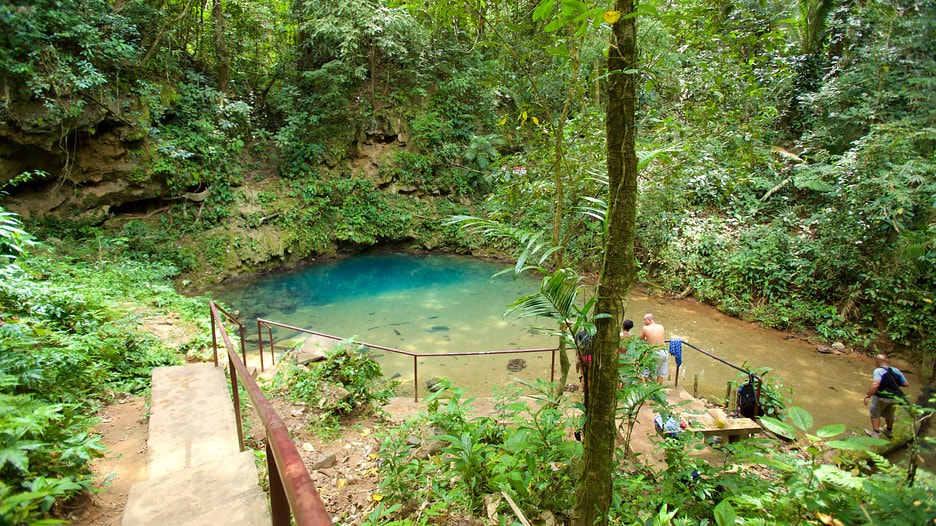
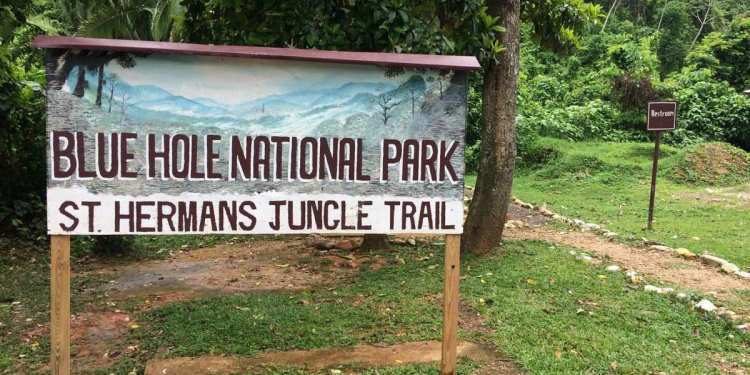
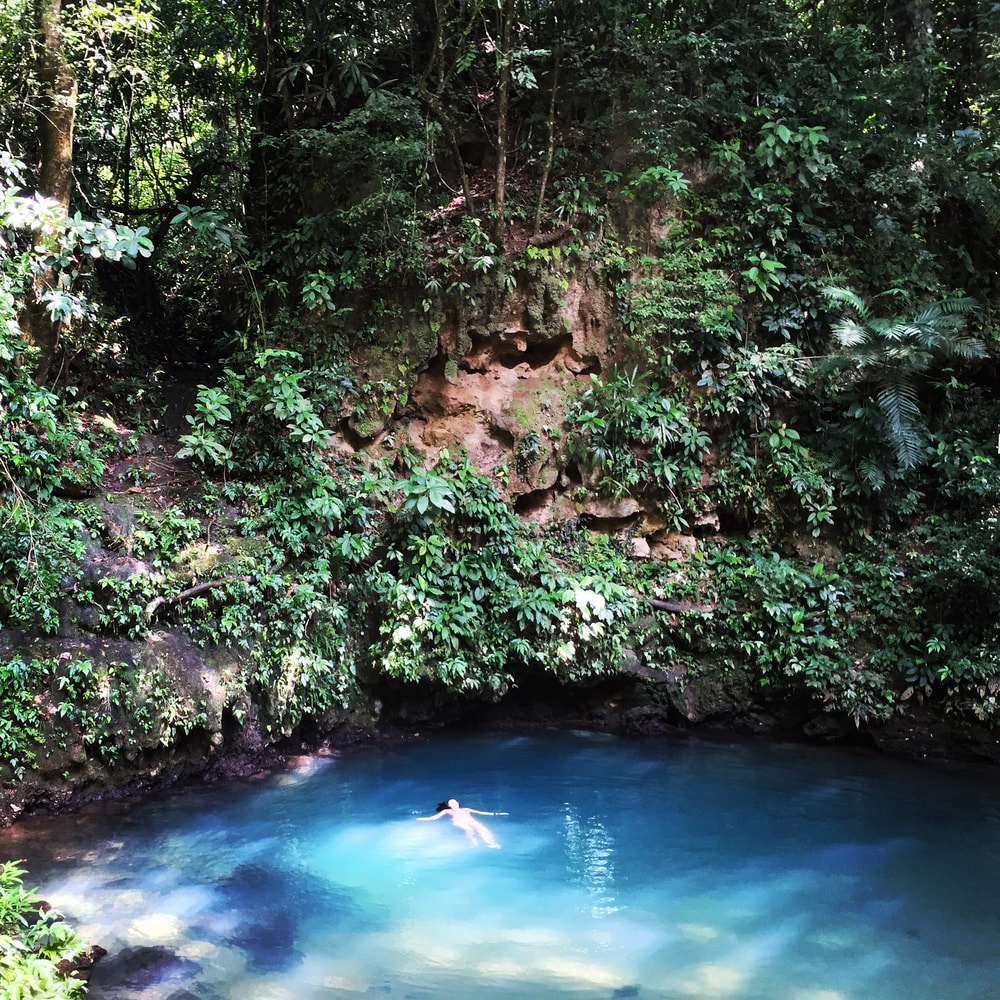
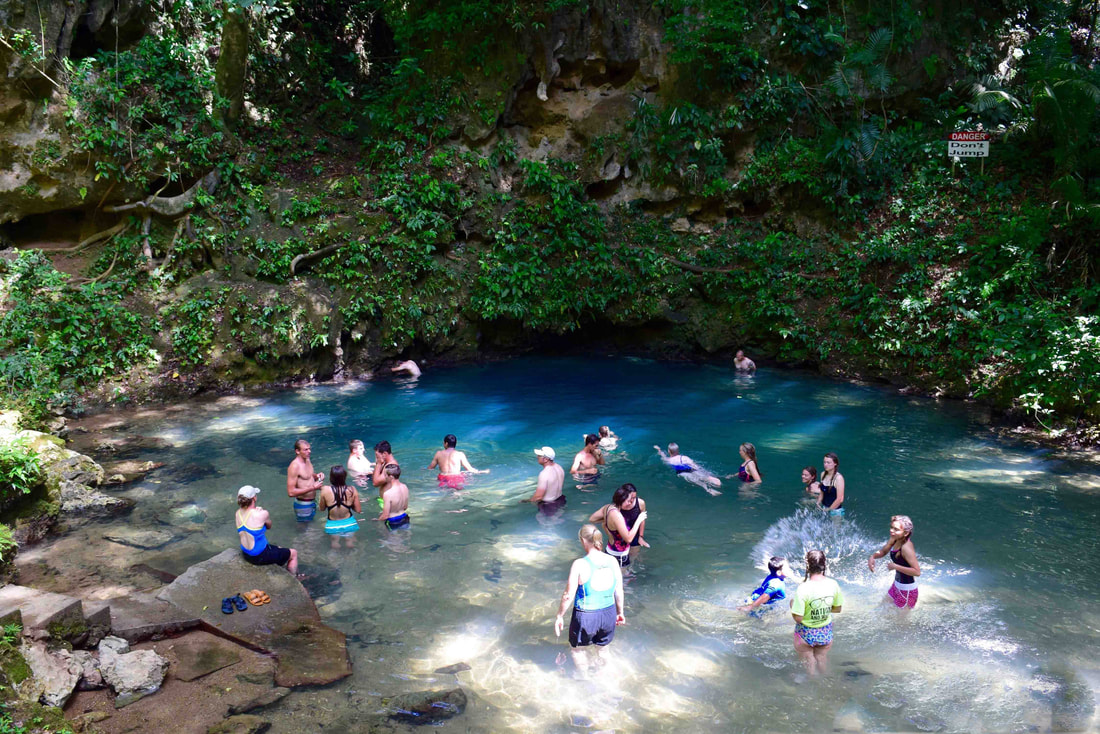
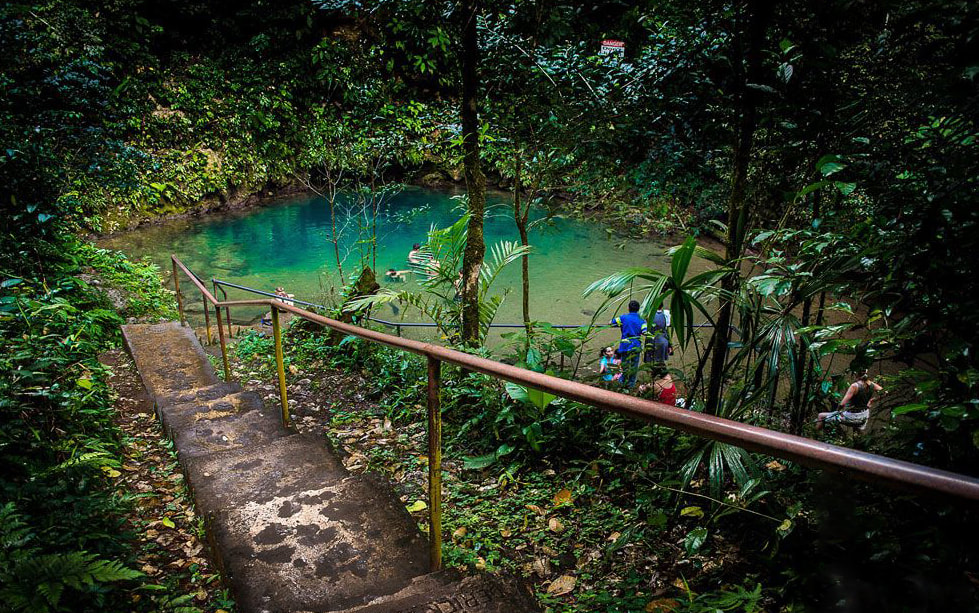
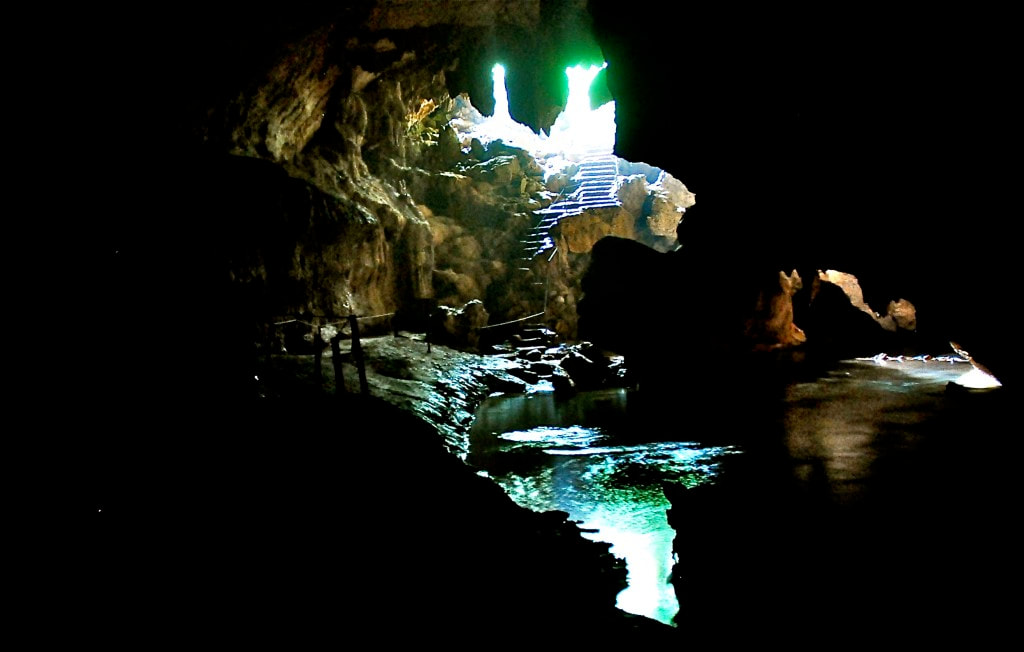
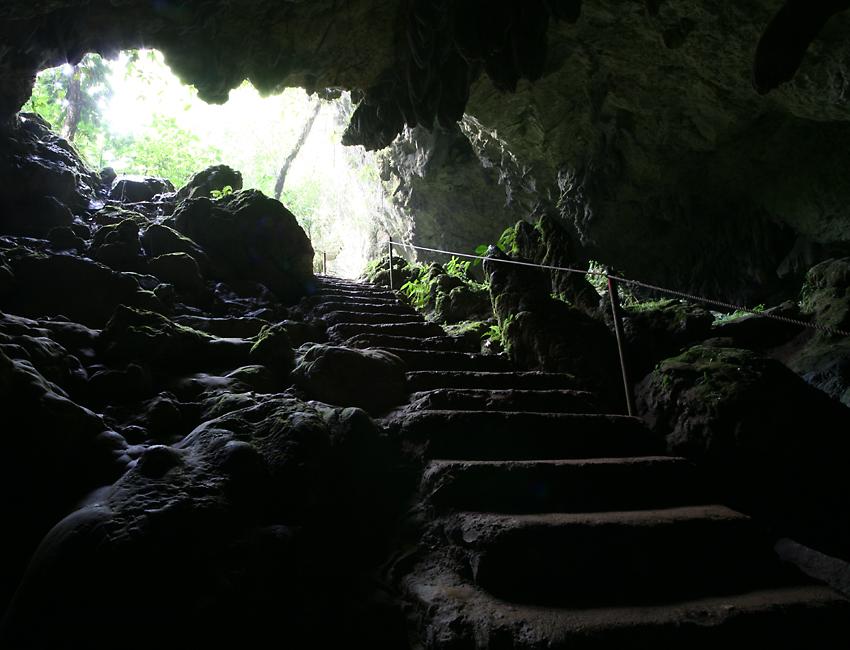
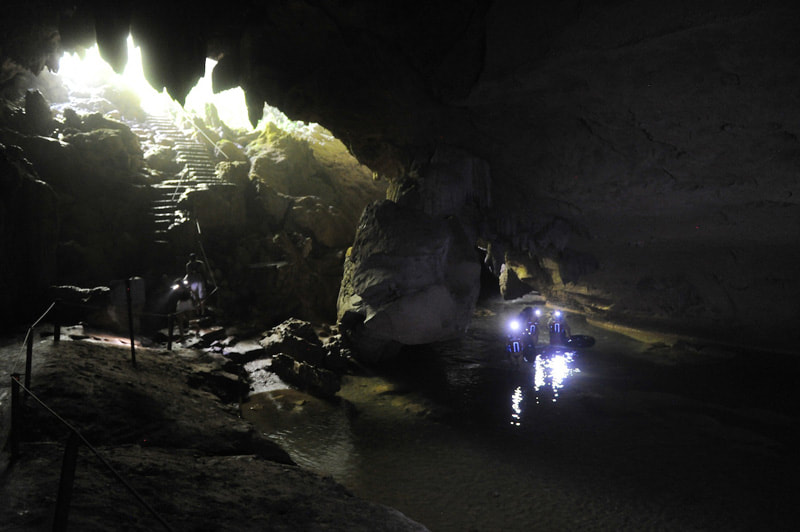
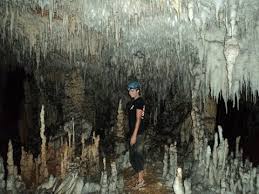
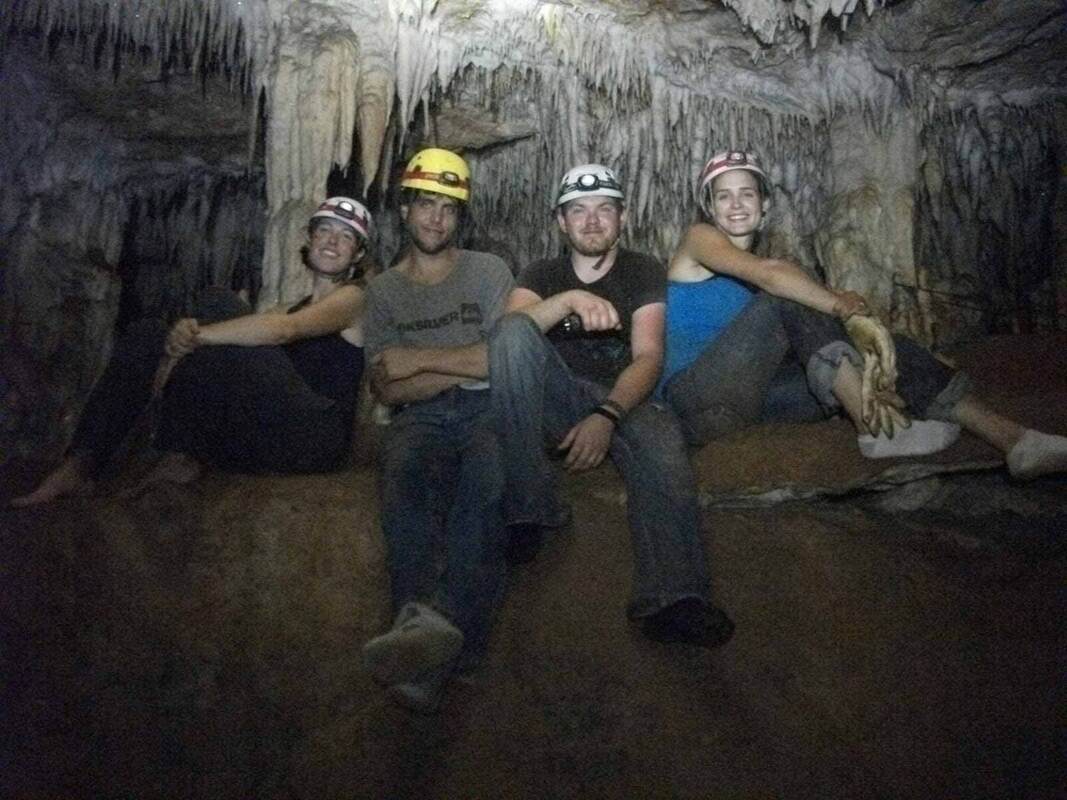
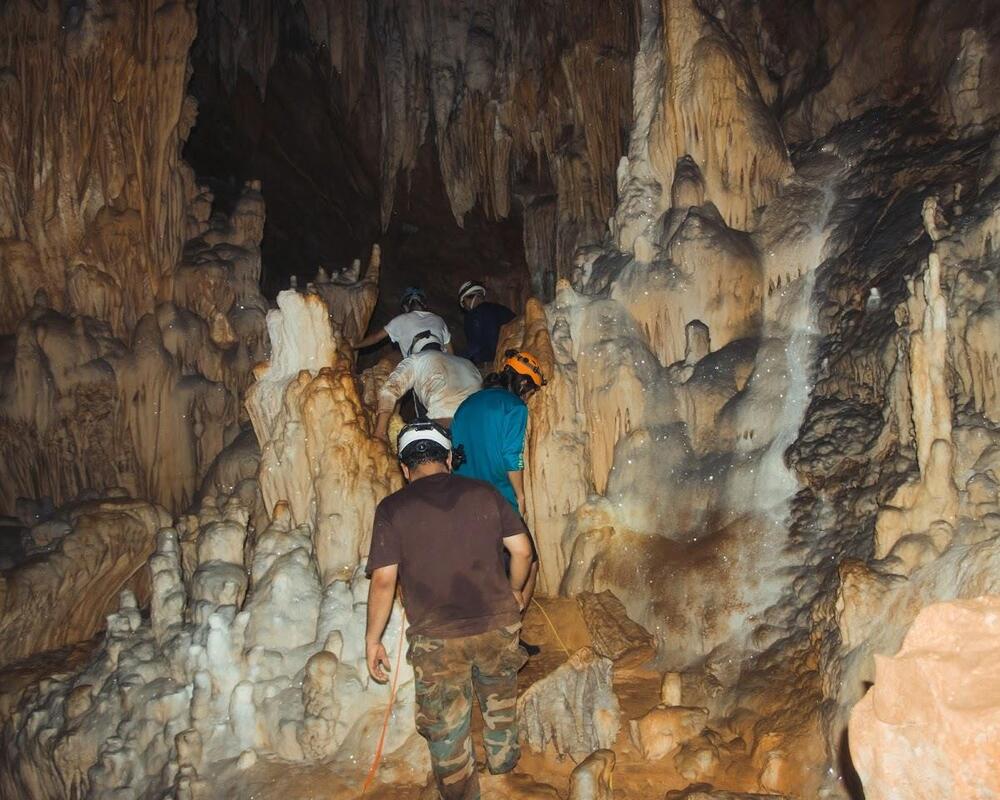
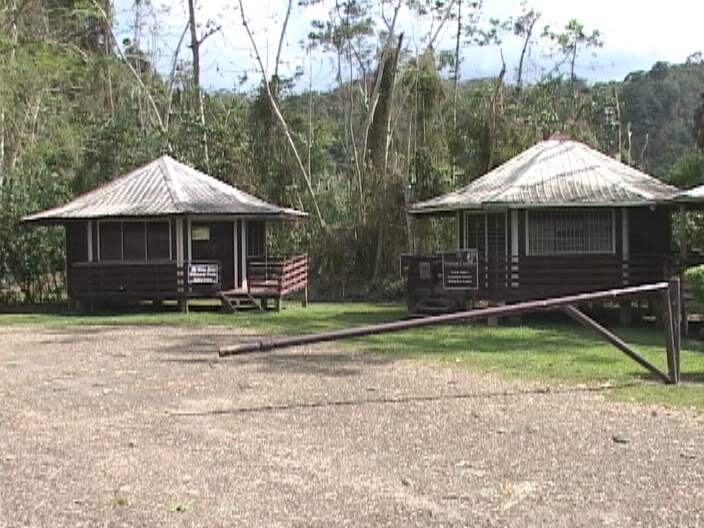
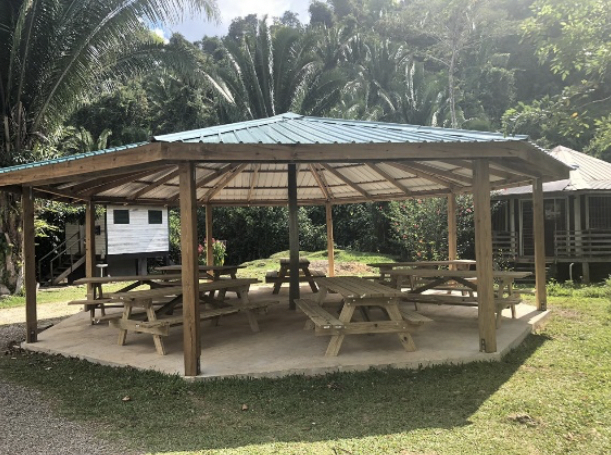
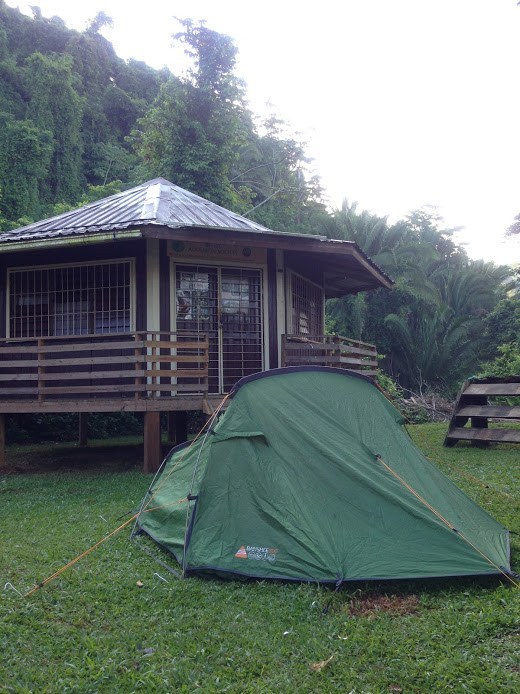
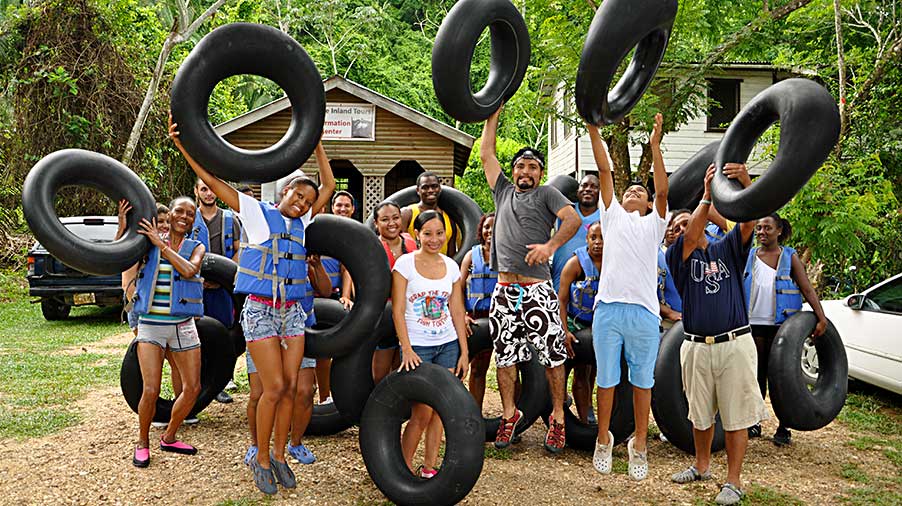
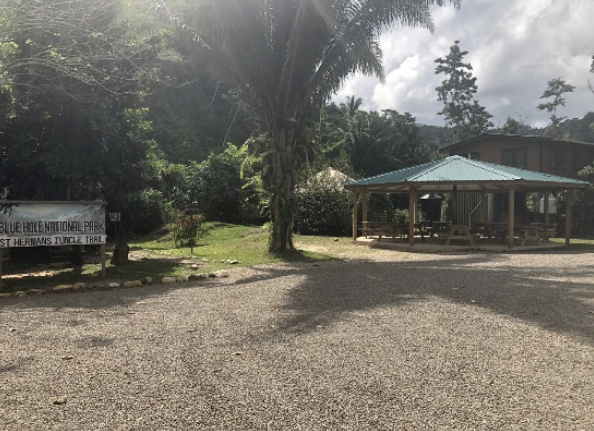
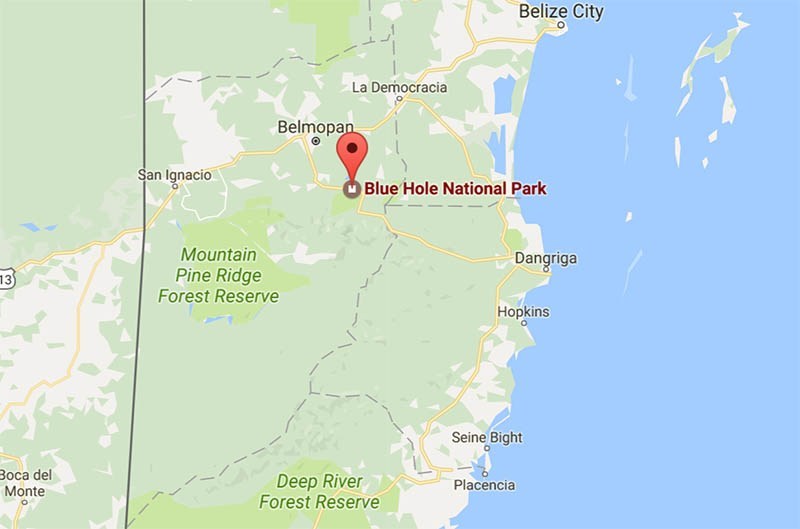

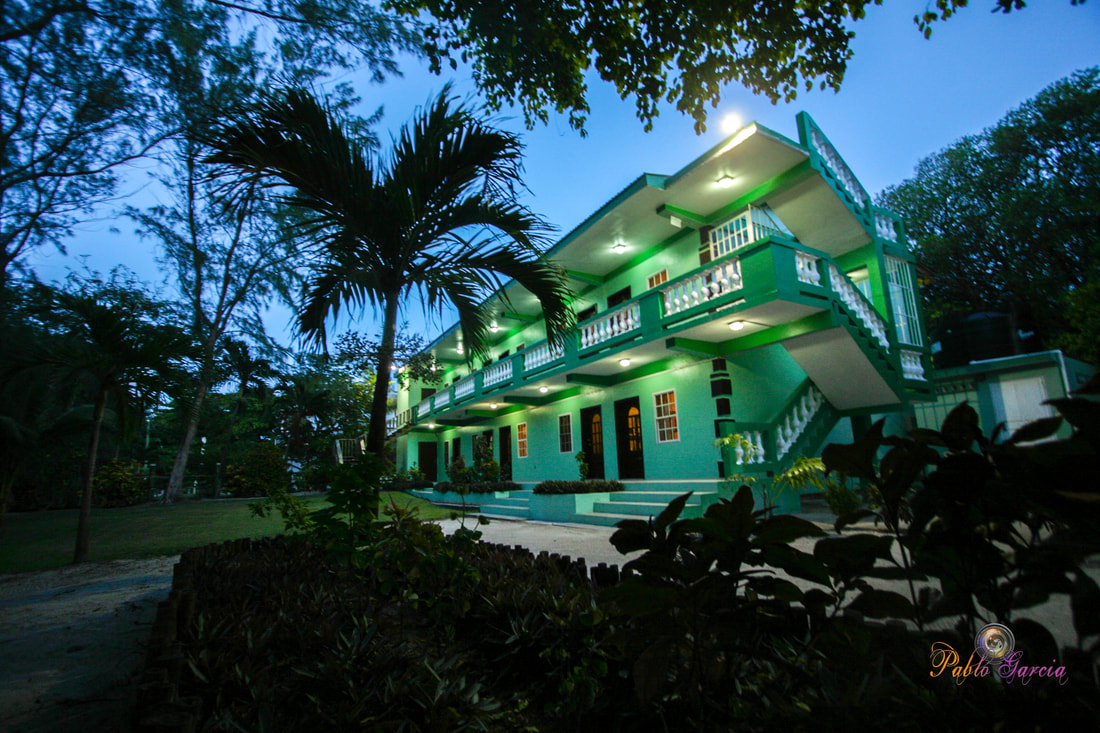
 RSS Feed
RSS Feed

